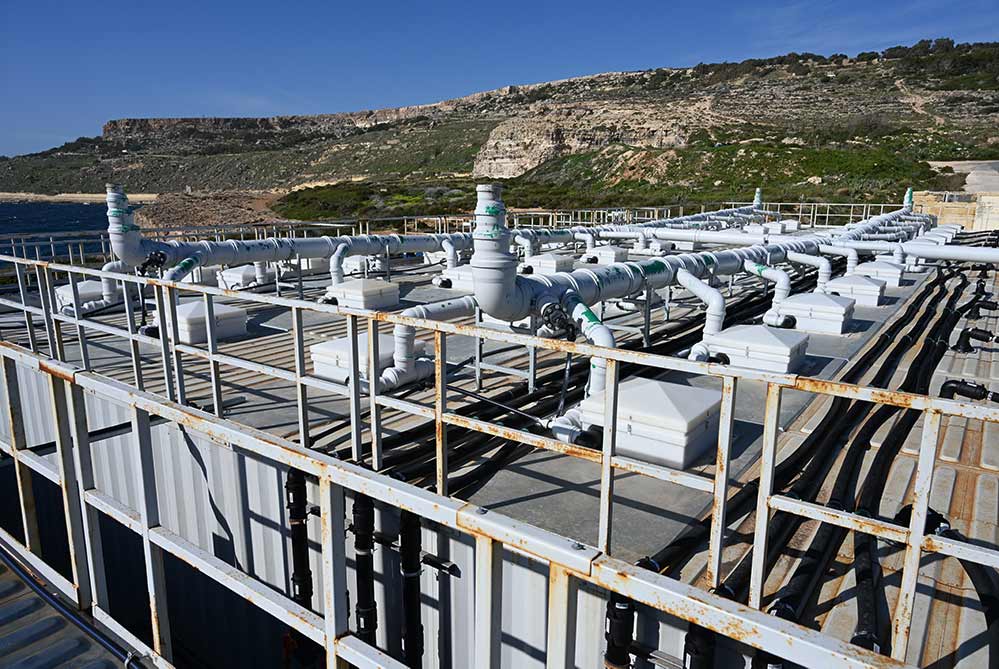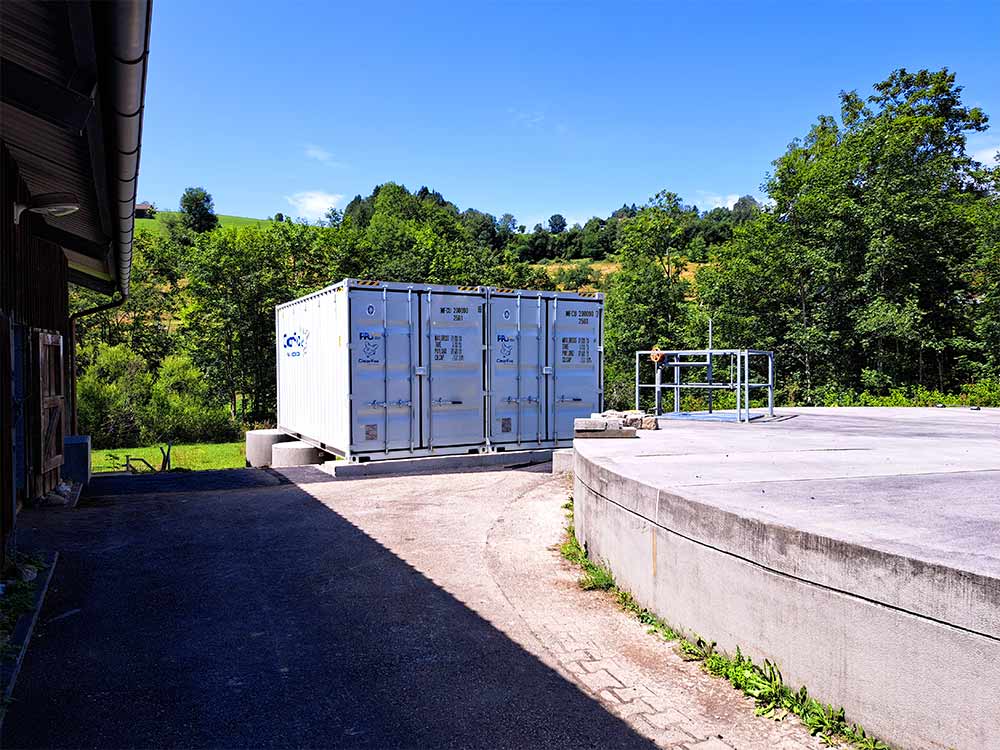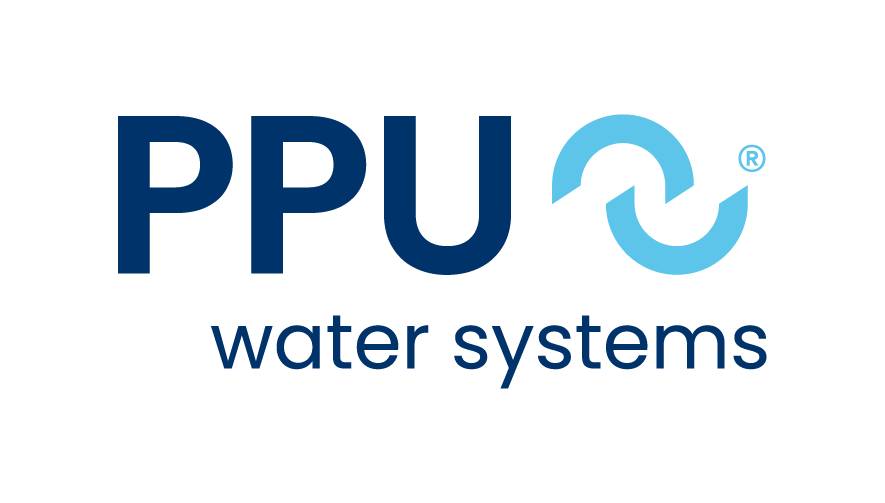Towns And Villages
Sector Overview
Home > Towns And Villages
Contents

Municipal Wastewater: Sources, Treatment Options, and Planning Guide
Municipal wastewater is the water generated across a city or town from domestic, commercial, institutional and some industrial activities. It can also include stormwater that enters the sewer network. Typical treatment targets include BOD, COD, TSS and nutrients, and these can be reliably removed with modern biological processes. Customised, modular and decentralised systems from trusted manufacturers enable fast deployment and straightforward upgrades for compliance or reuse.
Sources of Municipal Wastewater
Municipal wastewater arises within urban and peri-urban boundaries and reflects inputs from homes, restaurants, hotels, offices, institutions and light industry; it may also include stormwater inflow or groundwater infiltration. The mix varies with population, climate and local activities.
| Source | Contribution (%) |
|---|---|
| Homes | 50–70 |
| Restaurants | 10–20 |
| Hotels | 5–10 |
| Offices | 5–10 |
| Industries | 5–15 |
| Stormwater | 10–30 |
While municipal wastewater has broadly similar components worldwide (organic matter, nutrients, pathogens, salts and metals), concentrations vary by region. Examples are shown below.
| Region | BOD (mg/L) | COD (mg/L) | TSS (mg/L) | P (mg/L) | N (mg/L) |
|---|---|---|---|---|---|
| Africa | 200–400 | 400–800 | 200–400 | 5–15 | 20–60 |
| Asia | 150–300 | 300–600 | 150–300 | 5–10 | 15–45 |
| Europe | 100–200 | 200–400 | 100–200 | 3–8 | 10–30 |
| North America | 100–200 | 200–400 | 100–200 | 3–8 | 10–30 |
| South America | 150–300 | 300–600 | 150–300 | 5–10 | 15–45 |
| Region | Wastewater generation (L/person/day) |
|---|---|
| Africa | 50–100 |
| Asia | 80–150 |
| Europe | 150–250 |
| North America | 200–300 |
| South America | 100–200 |
Key quality parameters
- BOD (Biochemical Oxygen Demand): Oxygen required by microorganisms to decompose biodegradable organic matter; indicates pollution level and biodegradability.
- COD (Chemical Oxygen Demand): Oxygen required to oxidise organic and inorganic matter; indicates total pollution load and potential oxygen depletion in receiving waters.
- TSS (Total Suspended Solids): Undissolved particles driving turbidity, sedimentation and clogging risks.
- Phosphorus (P): Essential nutrient that can drive eutrophication if excessive; sources include detergents, fertilisers and human excreta.
- Nitrogen (N): Essential nutrient that can drive eutrophication if excessive; sources include human excreta, fertilisers and industrial wastes.
With correct process selection and design, modular FBBR reactors (with add-on modules) can achieve any required purification standard, including reuse up to potable quality.
Municipal Wastewater Treatment Plant Options
Decentralised treatment is ideal for towns and villages without connection to a regional WWTP. Treating wastewater at or near source reduces pollution risk and supports sustainable development and local water reuse.
Common decentralised methods
- Sewage ponds: Low-cost natural treatment using sunlight, algae and bacteria; requires large areas and may cause odours and mosquitoes.
- Oxidation ditches: Mechanically aerated channels; effective and reliable for organics and nutrients but higher energy use and potential noise.
- Trickling filters: Fixed porous media supporting biofilm growth; simple and robust but may clog and need periodic cleaning.
- RBCs (Rotating Biological Contactors): Rotating discs with attached biofilm; compact and efficient for organics and ammonia; potential mechanical and odour issues.
- FBBR (Fixed Bed Biofilm Reactor): High-rate biofilm on fixed carriers; versatile removal of organics, nitrogen and phosphorus with notably low CAPEX/OPEX. Often termed SAF or BAF; similar to MBBR but with lower OPEX.
- Reedbeds (constructed wetlands): Plant-based filtration; natural aesthetics, effective for solids/organics/pathogens/metals; needs protection in frost and from wildlife.
These technologies can be used alone or in combination to meet specific effluent standards. Choice depends on wastewater characteristics, land/energy availability, O&M needs, costs and community acceptance.
Disposal and reuse pathways
- Discharge: Release to water bodies under permit and quality/quantity limits.
- Infiltration: Managed percolation to ground via designed areas; can recharge groundwater but requires careful siting, construction and maintenance to avoid contamination.
Where municipalities rely on pump stations to send flows to distant regional plants, costs (electricity and maintenance), reduced local recharge, and lost reuse opportunities are major drawbacks. Modular decentralised solutions allow straightforward upgrades of ageing ponds, RBCs and other overloaded plants.
Read more about the various options for municipal wastewater treatment here.
Planning & Buying a Municipal Wastewater Treatment Plant
After characterising your wastewater, assess final design factors that drive CAPEX and OPEX. Selecting the right partner with process guarantees simplifies delivery and integration with existing assets; modular systems can often be installed and commissioned within months.
Our focus with every upgrade
- Compact footprint
- Automatic operation with remote monitoring
- Low OPEX FBBR process technologies
- Easy integration onsite
- Simple solutions for complex problems
- Working within budget
We manufacture and install municipal WWTPs worldwide. Our FBBR technology is independently tested and verified (PIA GmbH) and offers market-leading operating costs. Solutions are modular and scalable for future expansion or changing effluent limits. Flexible finance (including leasing and lease-to-buy) and short-term rental units are available. A global service team supports reliable, trouble-free operation.
The correct process selection is critical—poor selection leads to failures, high OPEX and non-compliance. Use the outline above to structure your decision and de-risk procurement and delivery.
Get a Free, No-Obligation Site Survey & Design
Ready to move forward? Arrange a free site survey and preliminary design to map loads, constraints and effluent targets and to receive a tailored modular solution and budgetary quote.
Up Next

Municipal Wastewater
Read about the composition of municipal wastewater and why it’s so important to understand this before considering treatment options.

Municipal Wastewater Management
Managing municipal wastewater is the process of collecting, transporting, treating, and disposing or reusing the wastewater in a safe and sustainable way.

- 40,000+ treatment systems
- Installed in over 50 countries
- Treating 25 million litres daily
- Certified.
- Compact.
- Containerized.
- [Clever.]

